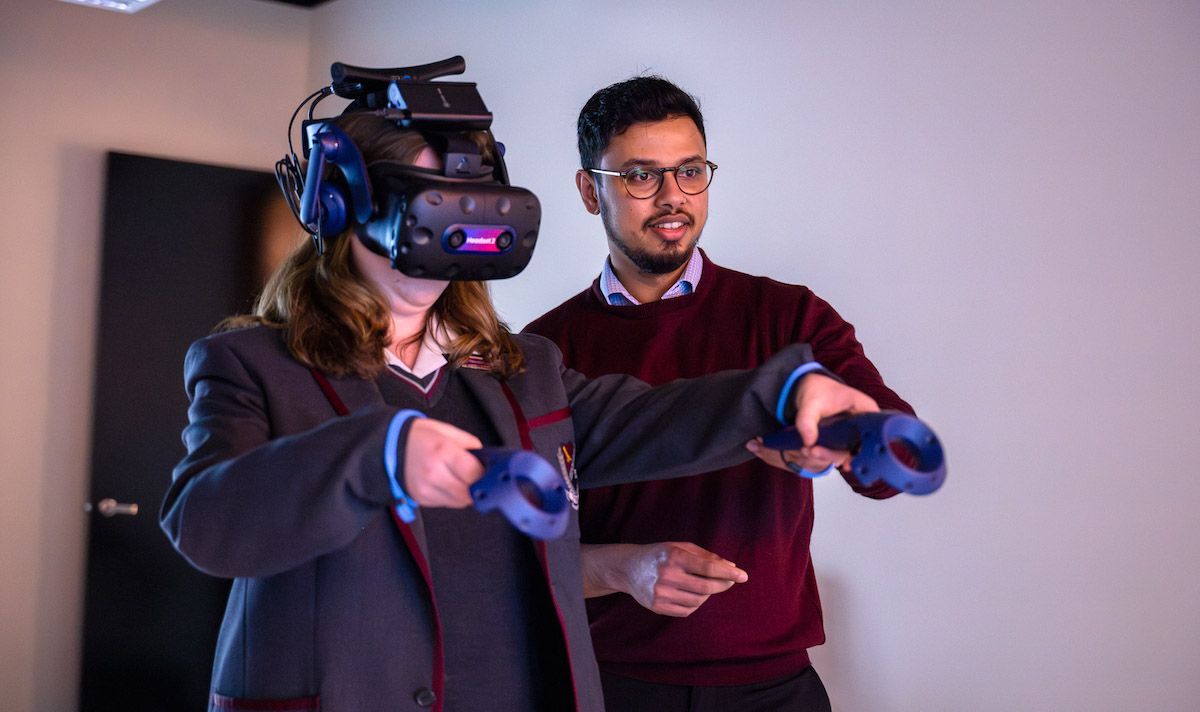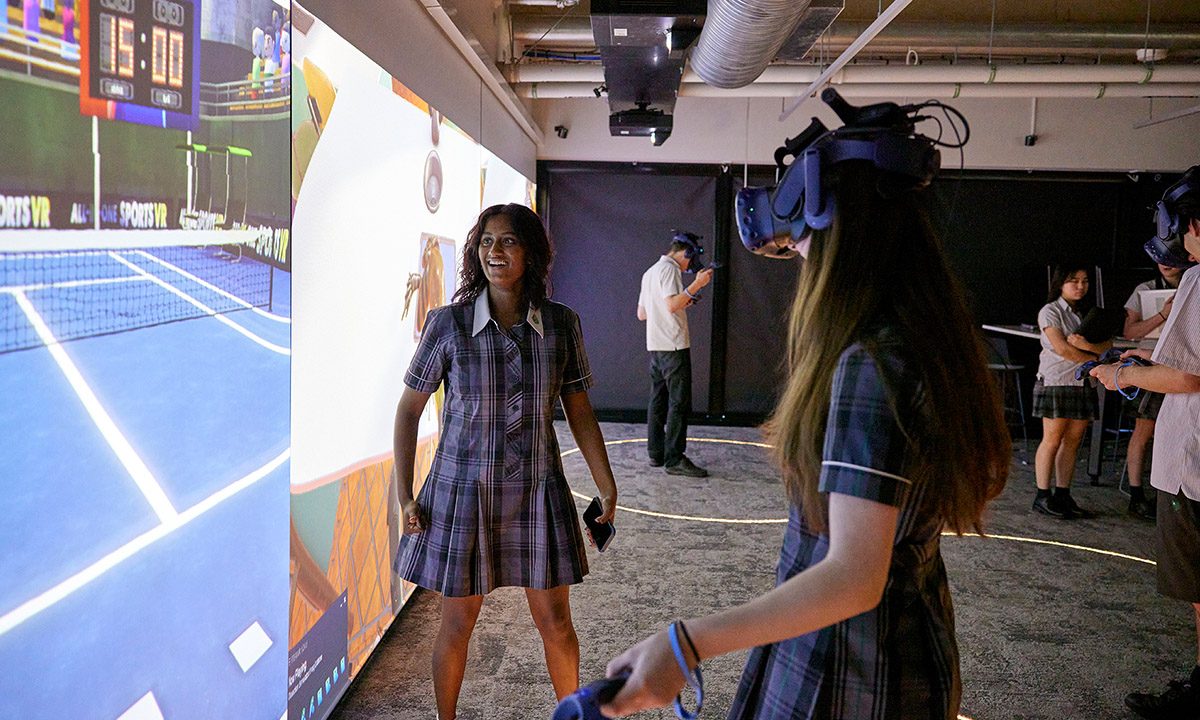Author: Dr Marissa Bond
Date: 20th Apr 2022
While 2020 delivered us a curve-ball like no other, technology has continued to flourish and evolve. Today, our classrooms are more versatile than ever thanks to advances in virtual reality (VR), augmented reality (AR), artificial intelligence (AI) and robotics.
Today’s students are hungry for real-world skills that not only prepare them for life but also meet them where they are now. And while they may be tech savvy outside the classroom, classroom-based technology invites today’s students to innovate, solve real world problems and explore ever-expanding realms of possibility.
With the rapid uptake of VR, AR, AI and robotics, students are now able to learn using technology even their only slightly older peers may have missed out on. As new and evolved learning opportunities open up, more schools than ever are embracing new technology.
Here are five ways technology is changing the classroom in 2021 for the better!
1. Ask AI the FAQs
While chatbot applications have been around for decades, AI now makes it possible for educational institutes to program bots to answer their students’ frequently asked questions. This time-saving device could one day benefit teachers juggling multiple inquiring minds.
One example of this in a tertiary context, is from the University of Sydney, which built an AI-infused Corona Chatbot to support students with their COVID-19 queries. This provided instant answers to many of their students’ questions, tackling between 200 and 400 individual student inquiries each day.
Using AI-programmed bots to answer repetitive questions frees up resources on several levels, whether that’s helping teachers have more time for one-on-one learning or aiding students in finding answers to frequently asked questions at the ends of their fingertips.
2. Escape the confines of the chair
One of the most impressive experiences of using VR and AR in the classroom is the ability to transcend four walls and even time, itself. As an example, for students with physical limitations, these experiences offer them the chance to move beyond their own bodies.
As technology continues to develop, a greater number of students—regardless of age or ability—will have access to more of the experiential benefits of VR and AR, making them able to interact with or explore the world in ways beyond their usual day-to-day.
3. Immerse your students in new languages
As classrooms become more linguistically diverse, VR technology is helping more teachers and students to learn skills and content in languages other than English. Today’s language students can engage with AI-powered animated characters in VR scenarios to test, improve and receive real-time feedback on their language skills.
For example, meeting a native speaker in a VR film narrative set in France is much less intimidating than in real-life! Mondly is a service that provides this experience, and since its launch in 2017, has provided language students with an immersive simulation of reality in 33 different languages.
4. Revel in the new world with robotics
As more of the world turns to developing automated processes and new ways of solving problems in the workforce—especially through design thinking, ideation and prototyping of new ideas—students can begin to learn these same skills via robotics in the classroom.
By learning to understand robotics, building and coding processes in a practical and experiential learning environment, students can amass a new set of digital skills that can help prepare them for workplaces we can only imagine in the future.
For example, the introduction of AI robotics into the classroom, specifically, provides students with the opportunity to empathise with artificial intelligence, and start asking valuable questions around AI and ethics.
5. Narrow the digital divide
As greater technology is developed and made available in more schools—and prices become increasingly competitive too—more students everywhere will be able to access VR, AR, AI and robotics in 2021 and beyond.
This means that technology will become more accessible to all learners, irrespective of their socioeconomic background. Which is good for everyone!



